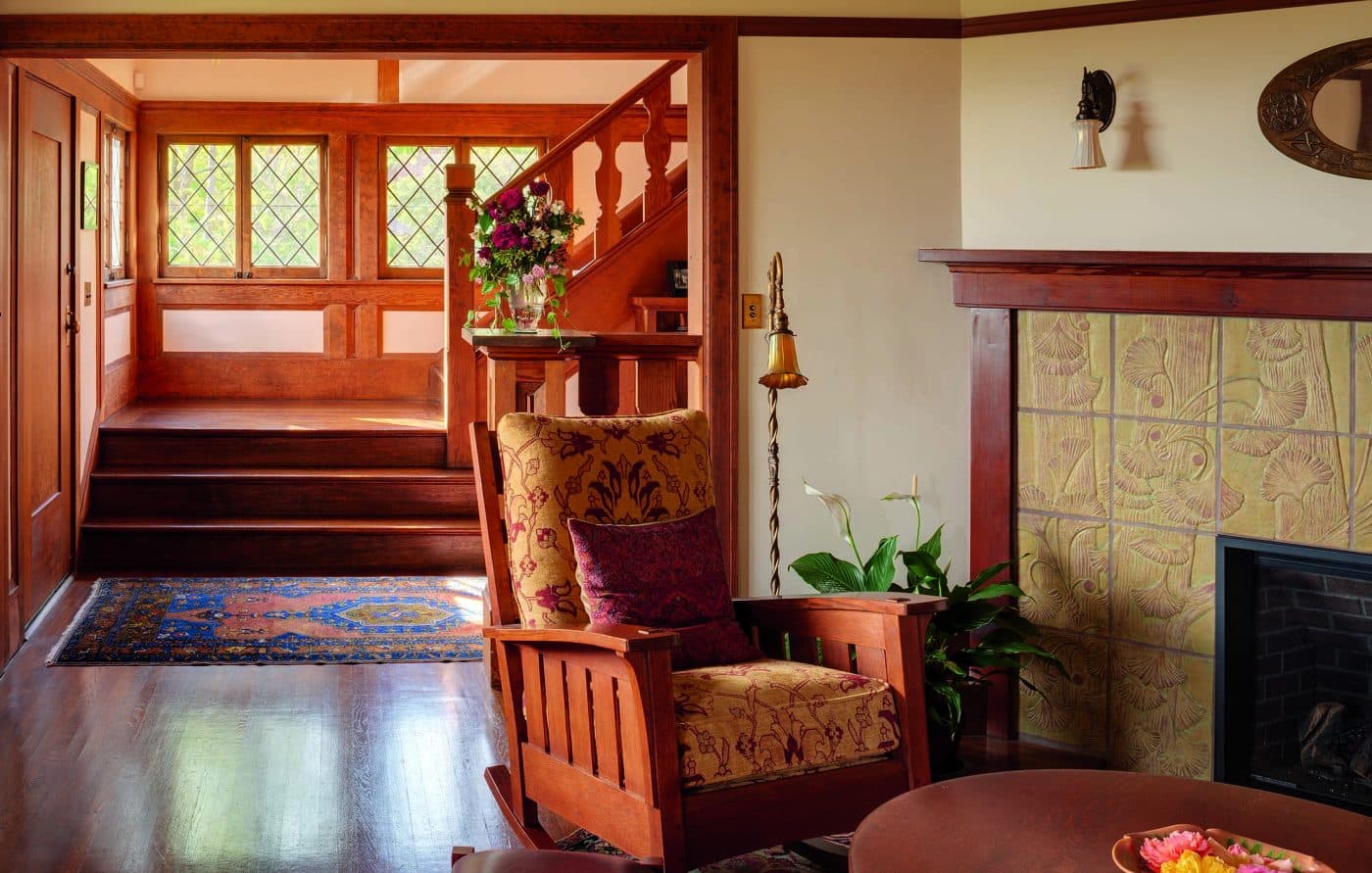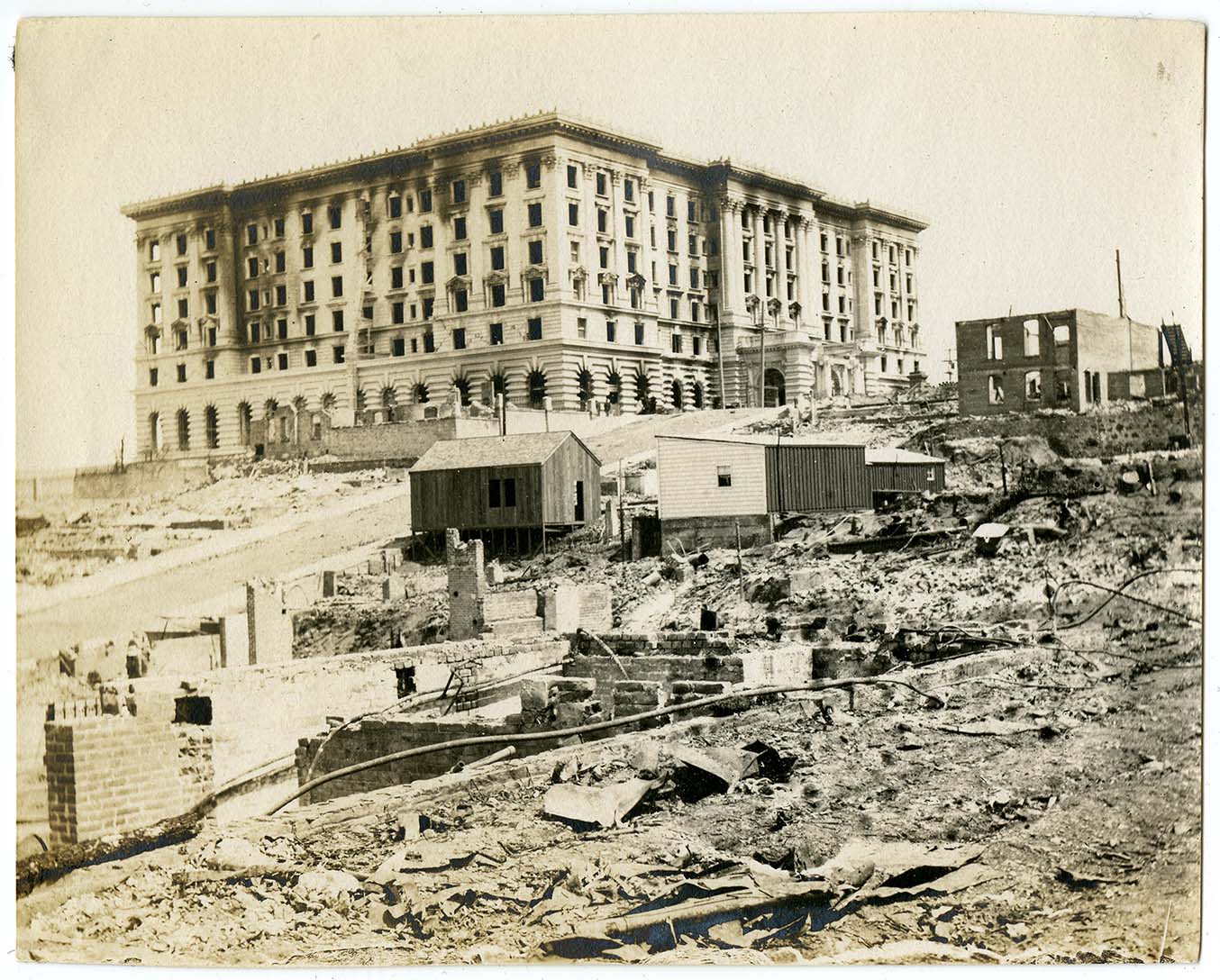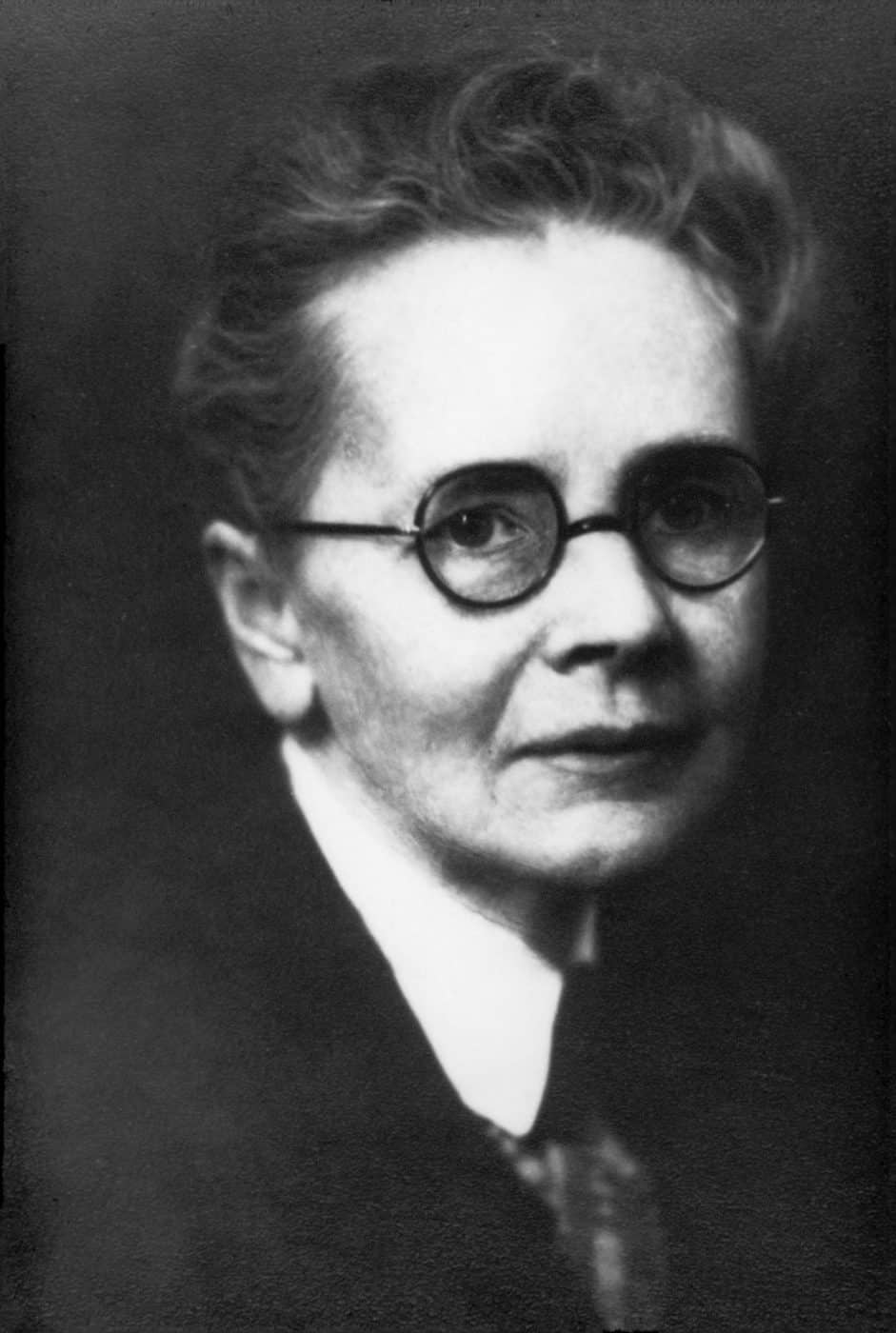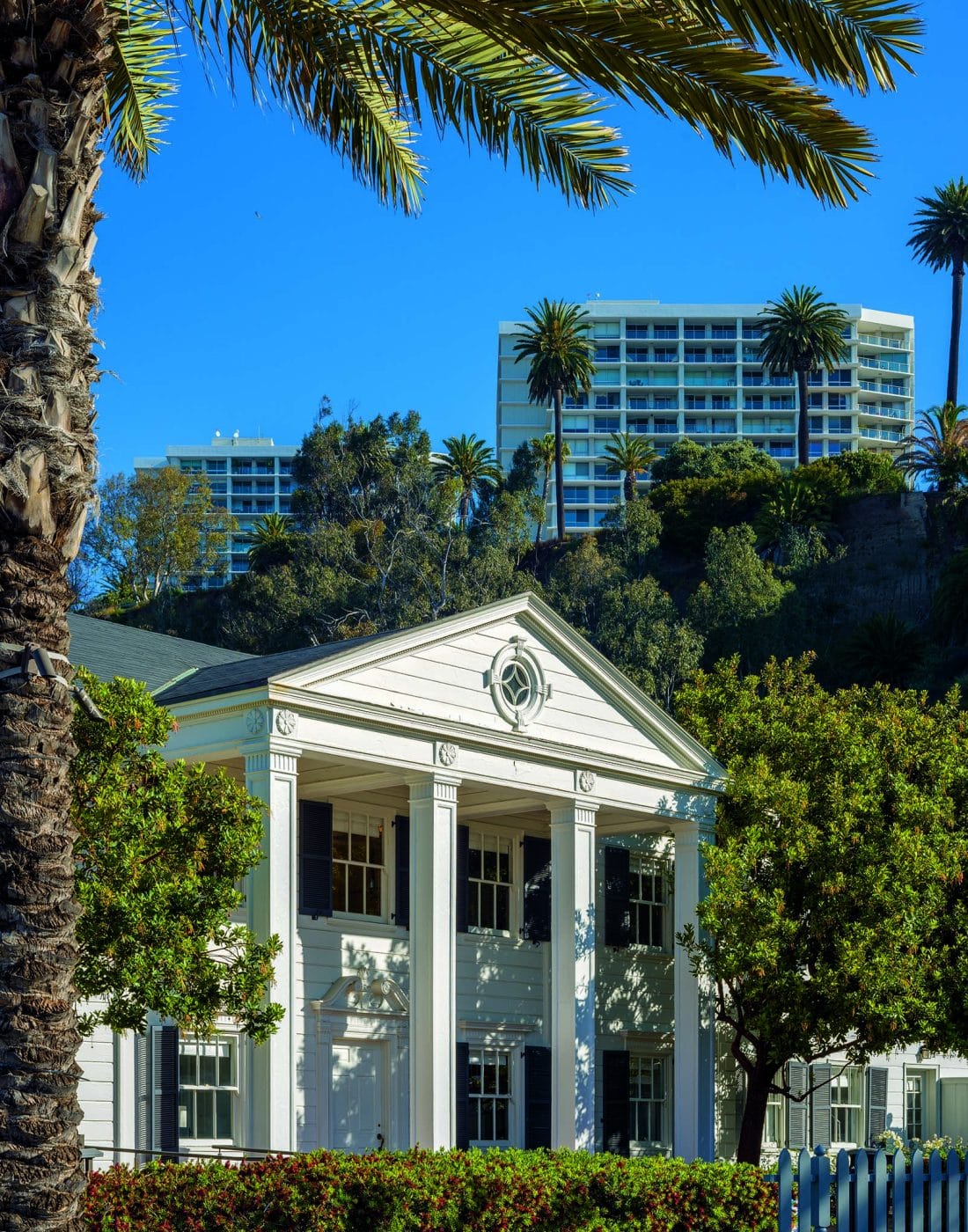March 13, 2022Few if any women architects have had the impact of Julia Morgan, who did much of her pioneering work more than a century ago. Morgan (1872–1957) — a California native who was a prime interpreter of the state’s design idioms — will always be remembered for spending three decades creating one of the biggest and most impressive homes of all time: Hearst Castle, William Randolph Hearst’s palace in San Simeon, California.

Now comes a deeply researched book, Julia Morgan: An Intimate Biography of the Trailblazing Architect (Chronicle), by Victoria Kastner, which not only provides more detail on the famed mega-project, for which Morgan made 100,000 drawings and 600 trips to the site from her office in San Francisco, but also examines her personal life and fills out the rest of her working one. Using diaries, letters and interviews, Kastner traces the long arc of a career that was deeply influenced by a six-year stint in Paris, where Morgan was the first woman to study architecture at the École des Beaux-Arts.
Once back in California, she became the first female licensed architect in the state, eventually designing some 700 structures. These include the 1906 bell tower at Mills College, in Oakland, which survived that year’s massive earthquake, and San Francisco’s elegant Fairmont Hotel, where you can still check in today.

It’s taken time for her to be fully recognized — in 2014, the American Institute of Architects posthumously awarded her its Gold Medal, making her the first woman to receive it. The 150 excellent photographs in the book help introduce readers to the scope of her talent, which extended from grand classical colonnades to somewhat rustic, intimate, Arts and Crafts–influenced domestic structures, such as the 1914 Bell house in North Berkeley, and from a neoclassical guest house to a Mediterranean home with Spanish tile roof for philanthropist Lizzie Glide’s daughter, Mary.
Kastner also presents details about Morgan that make her come alive as a person. Case in point: She wore tailored men’s trousers underneath her skirts to make climbing scaffolding easier.






